
The Open School of Tropical Animal
Science and Production
12/28/2025 7:29:04 AM




THE WAY FORWARD BEYOND THE YEAR 2004:
HOW SHOULD PEOPLE WHO SUBSCRIBE TO THE OSTAS&P PROCEED
Intensification for the development of this school of thought:
This concept of intensification involves the bringing together of many animals into a single location, or within close proximity to each other with the problems attendant on increasing animal population densities. In the extreme situation of ex situ intensification implications of the above are that animals have to be fed and watered with timely waste removal; preventive techniques have to be instituted to avoid the introduction and rapid spread of diseases; animals' social behaviour need to be considered; provisions have to be made for the animals' social needs to be met; and the design of the housing plays a key role in facilitating all of the above.

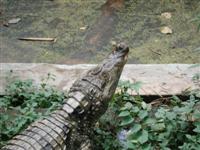
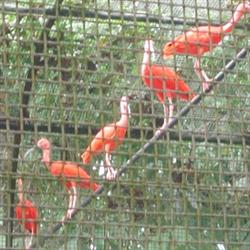
Pictures showing ex situ conservation practices at the Emperor Valley Zoo
Approaches at Developing Intensive Animal Production Systems:
A philosophical approach that is being suggested for the developing and planning. Any system is based on two elements:
1] an understanding of the factors affecting animal production and
2] the physiological states of the animal species in question.
What must be noted is that there exists and interaction between the above two; and this interrelationship will determine the nature of the production system. The reason for this is that at each physiological state, the effect of each factor will be different OR the needs of and the threats to the animals' survival will be different
.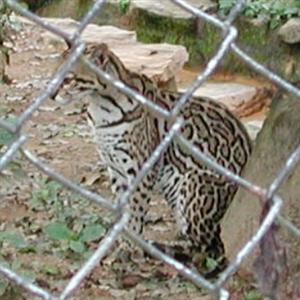
Picture showing ex situ conservation practices of the ocelot at the Emperor Valley Zoo
In developing an Intensive Production System its objectives must be clearly established from the start to identify which physiological states should be included in the model. The source of the animals for the production system to be established will also need to be identified as follows: wild caught captive breeders; wild caught juveniles for growth or the management of all physiological states.
The modern day poultry industry reflects the success that this industry has had with this type of approach. In the North American Dairy Cattle Sector, over the last twenty years we have seen an evolution from all production units being contained on one farm to the development of large and very specialized farms made up of only one production unit, which manages therein only a very narrow range of physiological states.
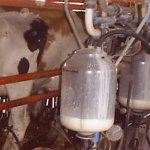
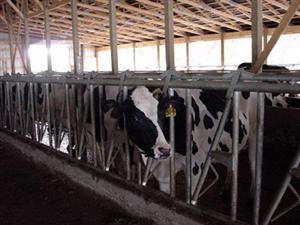
Pictures of a dairy farm in Ecuador (left) and North America (right)
This has seen the decline of the Family Dairy Farm and the expansion of the specialized production units with corporate structures of management in which thousands of cows are milked three times per day. It is not being suggested here that we emulate this in the developing tropical world, but what is being suggested is that lessons can be learnt from the production and business principles evolved and employed.
The reality is, however that the Tropical Animal Scientists working in the tropical developing countries [wherein are the repositories of the abundant animal genetic material] do not have the resources [financial and otherwise] to accept the challenge. Globalization and its consequent decrease in research support from and for small states, has found them not looking after their own interest in exploiting their biodiversity. This is also helping to make this unfortunate situation even worse.
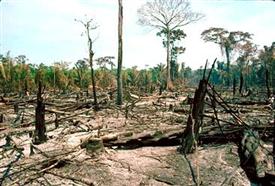
Picture of slash and burn agriculture which exploits biodiversity